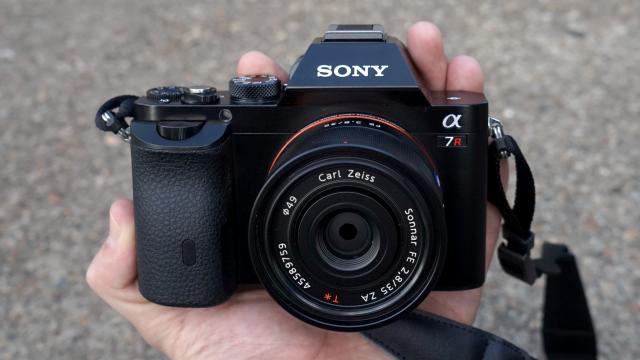A few weeks ago, Sony wowed photography nerds with something actually new: Two mirrorless, interchangeable-lens cameras with full-frame image sensors, the same big chips used in professional DSLRs. The compact design is a marvel on its own, and after using the cameras for a few days, I can safely say that, yes, these might be the most exciting shooters we’ve seen all year.
Disclosure: We were so excited to check out Sony’s full framers that we let them fly us out and put us up at the company’s annual digital imaging hoedown.
Why should I care about “full-frame mirrorless”?
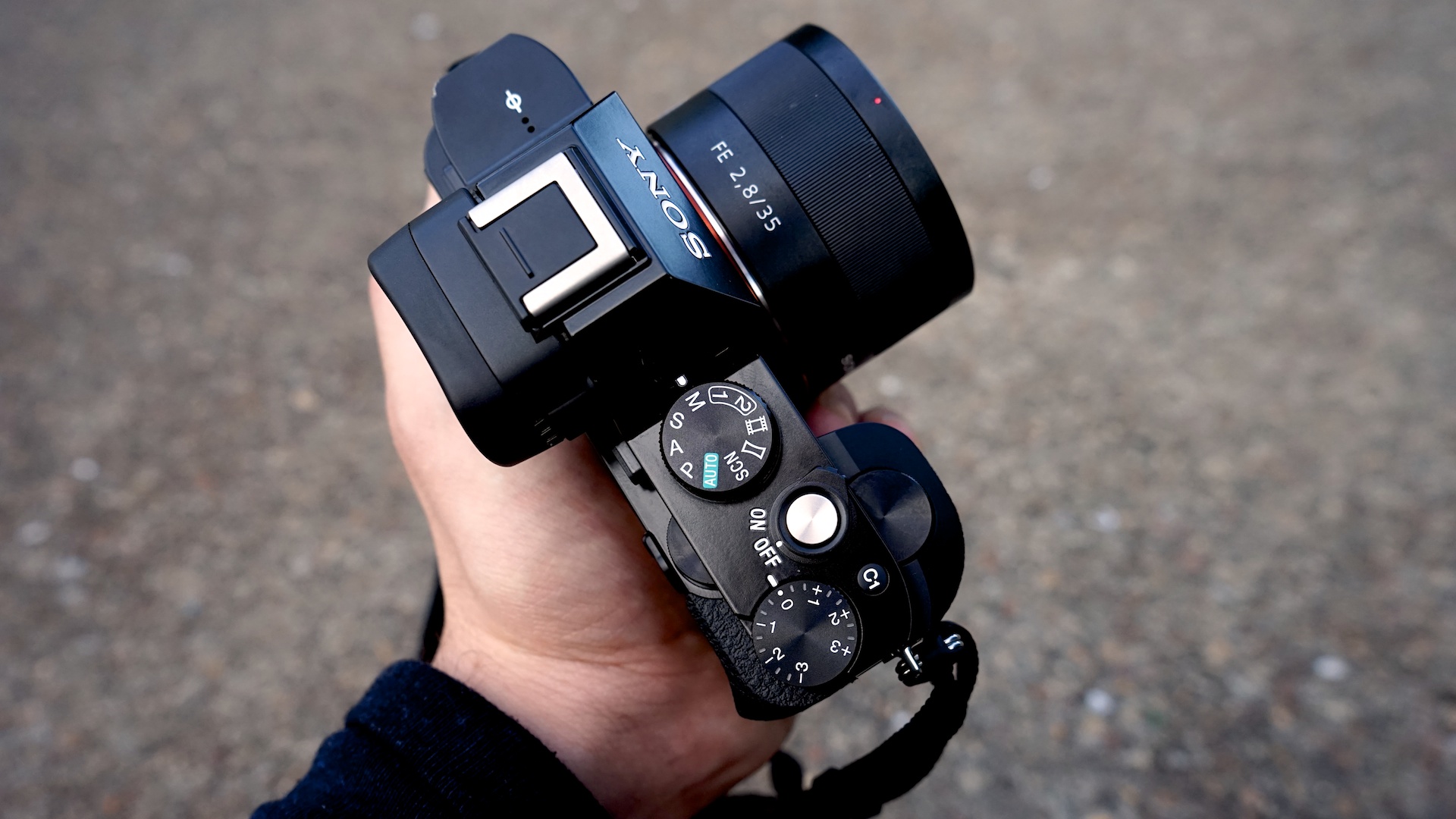
Fair, that’s a lot of jargon, but it’s easy enough to dissect. Mirrorless cameras — which have been steadily gaining momentum for a few years now — don’t have a mirrorbox to reflect light up to a an optical viewfinder the way a DSLR does. Full-frame sensors, meanwhile, get their name because they’re exactly the size of a 35mm film frame, and are bigger than the “crop” sensors mirrorless cameras typically sport. In general, a larger sensor equals more surface area for light-absorbing silicon, which in turn equals better image quality.
A bigger chip inside also means bigger camera, and if you want to be able to swap lenses, it means huge DSLR camera. (Leica has a compact, full-frame system as well, but it’s an entirely different animal that’ll cost you all the gold under your mattress.) Earlier mirrorless cameras shrunk down smaller DSLRs, and now Sony has done it with the biggest of them all.
Until this point, mirrorless cameras and full-frame sensors were mutually exclusive outside of a few very niche, prohibitively expensive corners of the photoworld. Now, they come in the same reasonably priced package. The big question is whether or not it’ll work.
What’s the difference between A7r and A7?
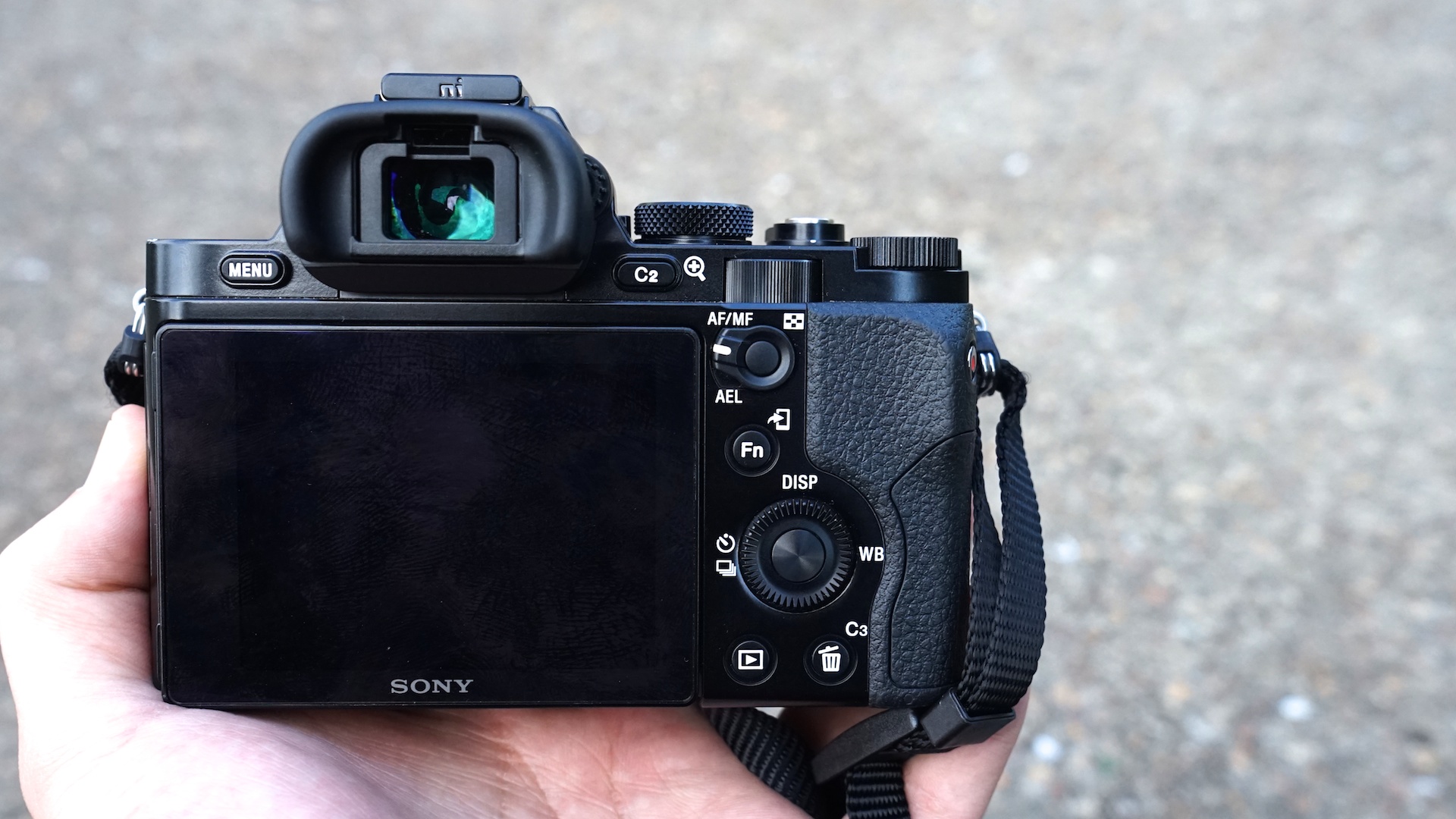
Sony opted to release two different models of the camera simultaneously, and both have identical bodies. The A7 and A7r amount to different visions of what a full-frame mirrorless camera can and should be.
The central differences between the two are price, resolution and autofocus performance. The more expensive ($2500 body only, Australian RRP) A7r has a 36-megapixel image sensor with newly developed architecture that’s optimised for fine details. The A7 ($1900 body only, Australian RRP), has a lower-resolution 24-megapixel sensor but a much more advanced autofocus system. (It has a very similar imager to last year’s excellent A99 pseudo-DSLR. The cameras use the same E-Mount as Sony’s line of crop-sensor NEX cameras. The opening for the E-Mount is just barely big enough for a full-frame sensor. Should we chalk that coincidence up to clever planning or just dumb luck?
Notes from shooting with the cameras for a few days
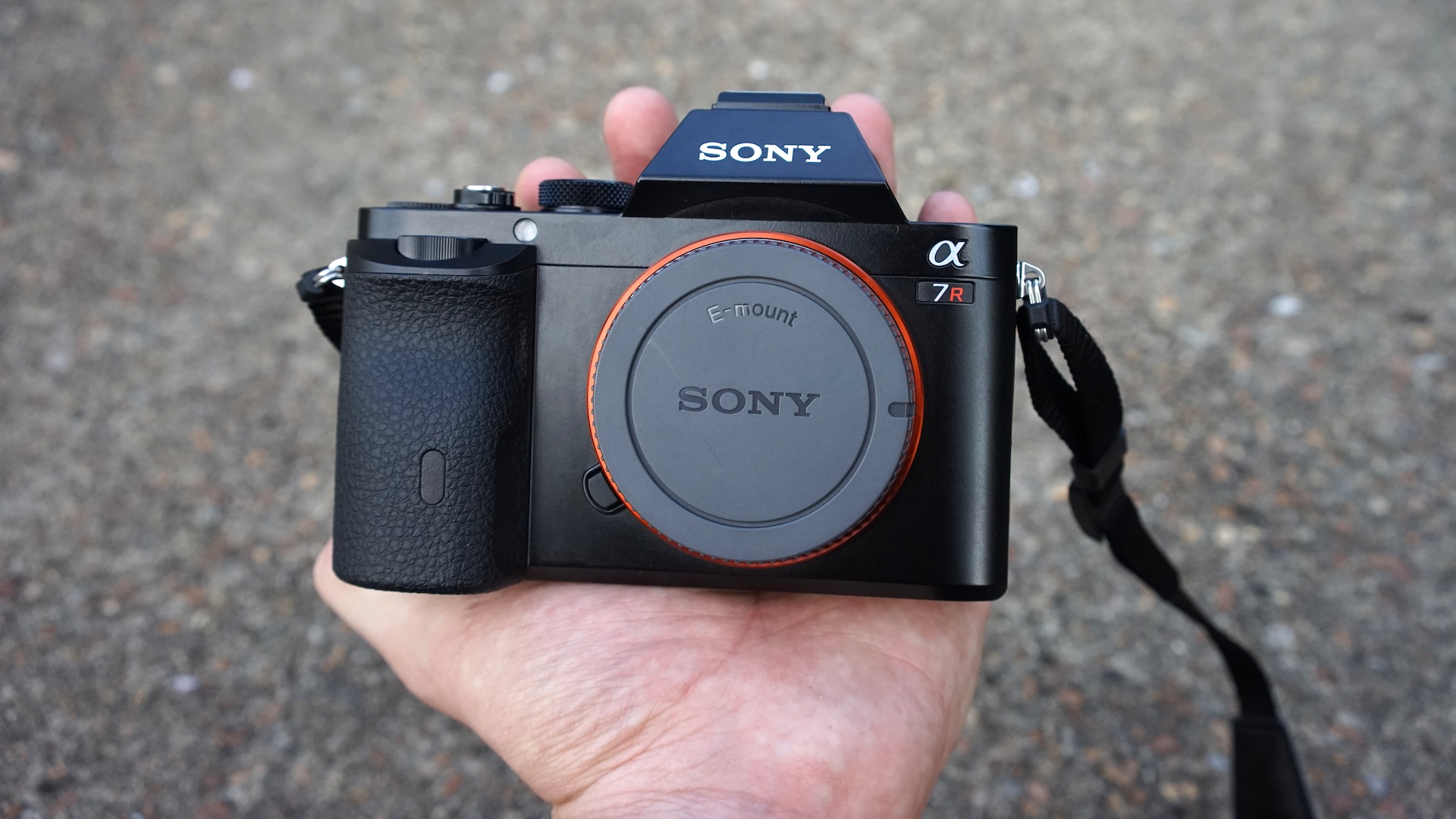
Hot hardware
Both the A7r and A7 have an identical body design, and it’s almost perfect. The camera feels like a cold, solid hunk of magnesium the way good camera should, but it’s slim and light enough that you can comfortably shoot one-handed, even with 2.5 inches of nice glass hanging off the end. Unlike full-frame DSLRs, the body isn’t a huge two-handed loaf. Sony’s button and dial layout is as intuitive, simple and functional as anything else we’ve seen, although, to quibble, the custom function button on the top panel is a little tough to push.
Remember, these cameras are mirrorless: the viewfinder is a tiny, high-resolution screen that’s sharp enough that you won’t miss the real thing.
Shooting with the two cameras is drastically different
Though the cameras handle mostly the same, taking pictures with each is a distinct experience. In a way, the A7r and A7 mirror the divergence in full-frame DSLRs — On one hand, you’ve got high resolution cameras loved by studio photographers, like Nikon’s D800. On the other, you’ve got fast, versatile shooters like Canon’s 5D Mark III.
A7r
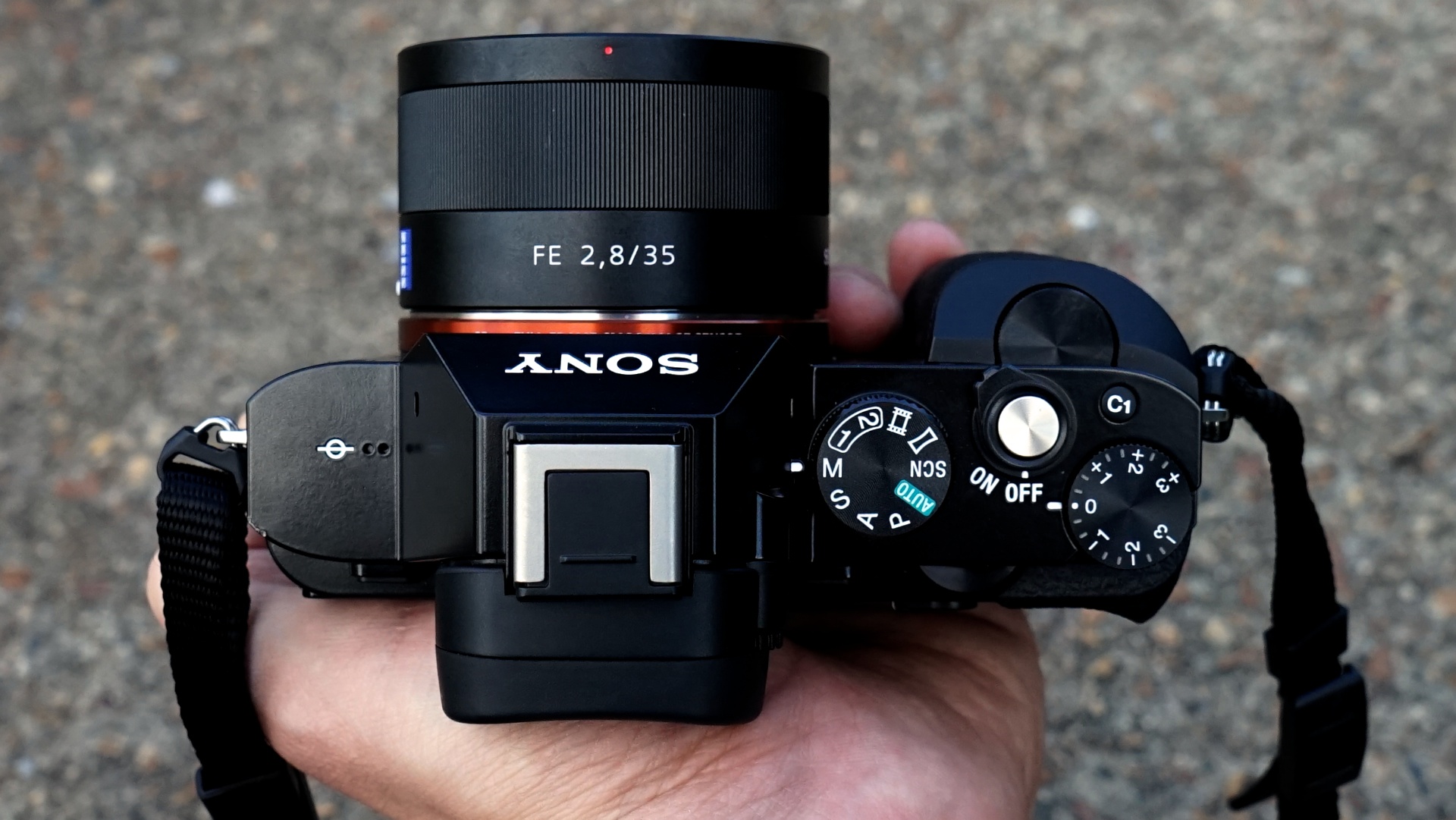
The A7r is definitely a patient photographer’s camera, and not one you want to run out into a war zone with. Its contrast-detect only autofocus system is a hunter that doesn’t always find its mark. The lower the light you’re trying to shoot in, the longer the lens elements slide back and forth. Eventually, it settles on a spot, but even then, you’ll find the image isn’t always as sharp as you’d hoped. As I noted when I reviewed the 36-megapixel D800, very high-resolution can make slightly out of focus photos look terrible.
I got frustrated with the AF pretty quickly and switched to manual focus. Luckily, both cameras have a built-in focus peaking system that helps you see what’s sharp. When you lightly tap the shutter, a highlight overlay illuminates the edges of objects that are in focus. It’s probably the smoothest display of this kind I’ve used, and I particularly love that you can choose how bright you want the peaking to be.
What else? The shutter is loud. Really loud. And I sensed some lag, though I didn’t actually time it. We’re used to Sony cameras having some of the quietest shutters out there. but this thing sounds like you’re viciously pulling back the slide on a Beretta. (The DSLR-like Alpha line uses Sony’s proprietary fixed, transparent mirror technology, which basically eliminates the sound of a mirror slamming up and down.)
According to Sony, the reason is that the camera uses a traditional, fully-mechanical two-curtain shutter. The new sensor architecture can’t support a partially electronic shutter that only has one real physical curtain. The A7, by contrast, only has one mechanical shutter.
A7
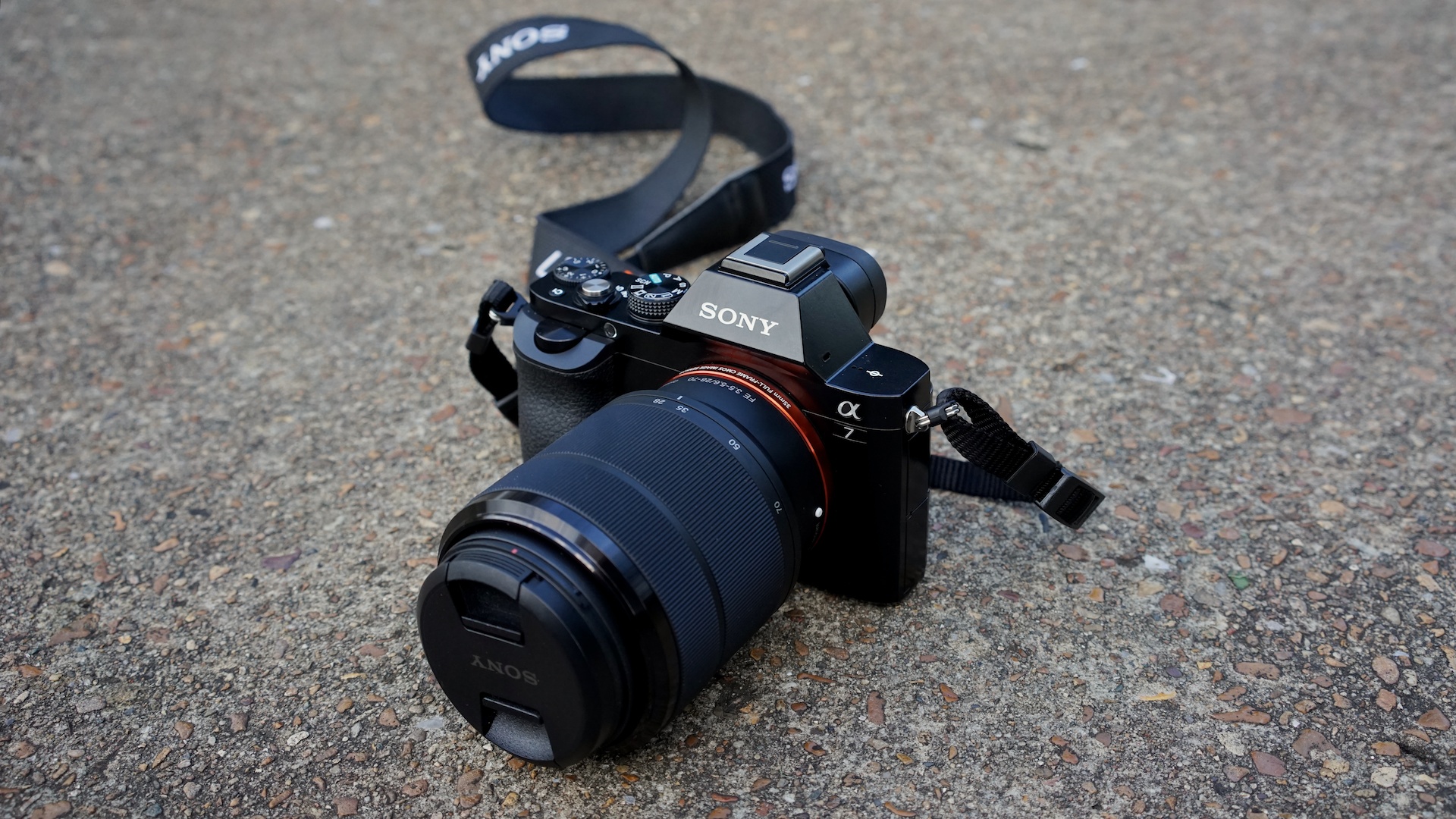
The A7 is the faster, friendlier version of the A7r. Its more advanced hybrid contrast- and phase-detect autofocus system is immediately palpable compared to its big brother. Images are crisply in focus quickly; it hunts sometimes, but nothing like the A7r.
It’s quicker enough that it changes how you approach subjects when you shoot. Whereas getting the most out of the A7r requires that you stop, compose, and confirm your focus before you pull the trigger, the A7 lets you run and gun — to a certain extent. It only shoots 1 frame per second faster than the A7r so you can’t quite spray and pray, but the point is that you can shoot from the hip and at least there’s a chance. Not that you should ever want to do that. But it’s nice to have the option.
A brief aside about lenses
First of all, Sony is going to try to sell you a 24-70mm lens with the A7 for an additional $350. Don’t do it, man. This particular kit lens isn’t the workhorse its wide-angle to slightly zoomy range implies. Put more bluntly, there’s no point to buying cameras for thousands of dollars if you’re just gonna stick to stock glass. Glass is especially important for the higher-resolution camera, but glass, in general, is important.
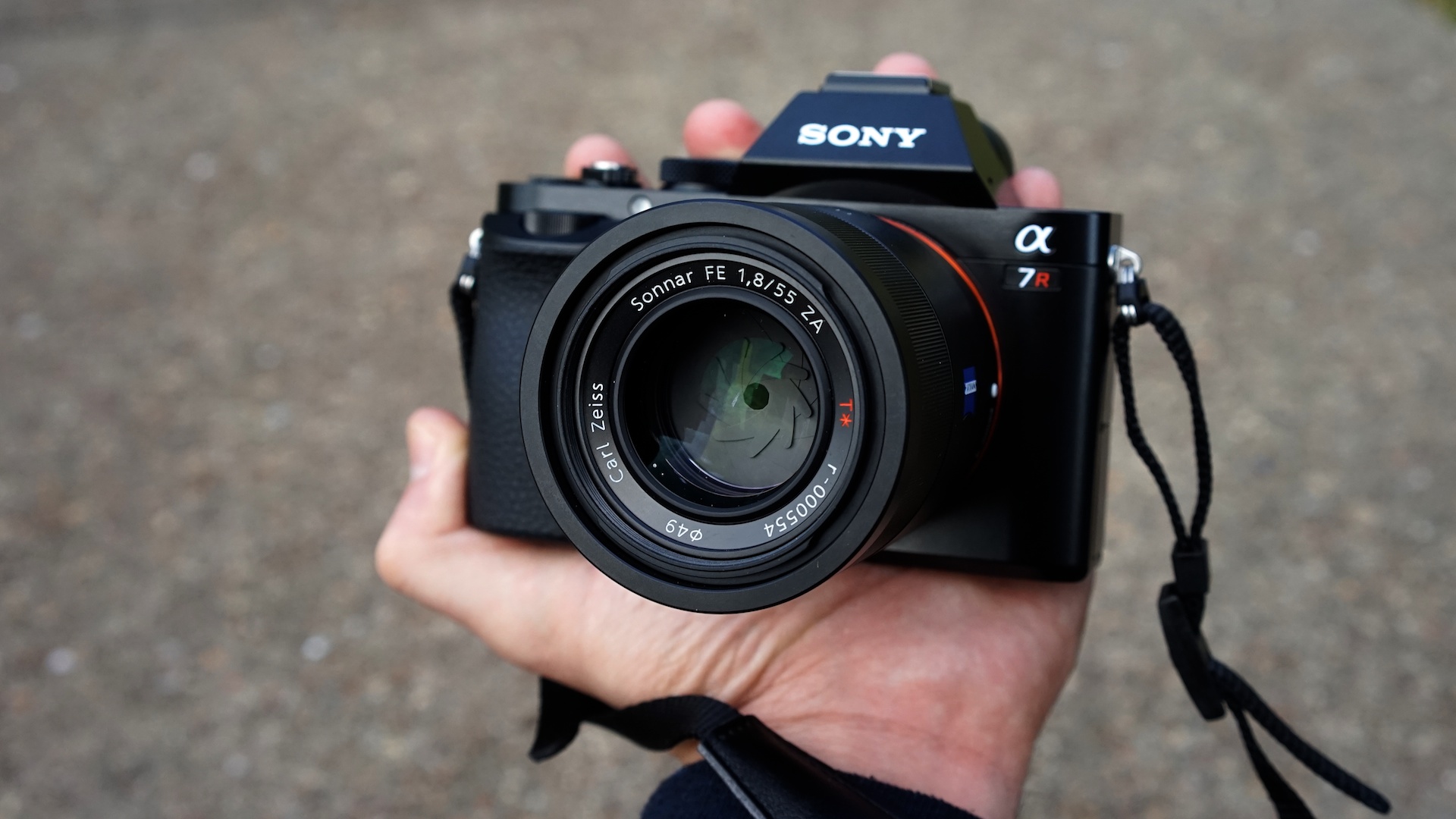
Second, if you’ve got a Sony NEX camera lying around, this camera will work with your old E-Mount lenses — sort of. It’ll show vignetting on the full frame resolution, but if you crop down to APS-C size, they’ll work as before. Sony’s also building an adaptor for A-mount lenses from the company’s line of DSLR-like cameras.
But, of course, there will be a line of full-frame E-mount lenses. We mostly used the new Zeiss-branded 55mm f/1.8 ($1000, wonderful and sharp) and 35mm f/2.8 ($800, nice and so tiny).
Third, there’s a thriving third-party market for adapters from companies like Metabones, that’ll let you use old Canon, Nikon or other lenses with Sony E-Mount cameras, and I wouldn’t be surprised if Sony’s full-framers start to catch on with people who have lots of fancy Leica glass that’s useless to them otherwise.
I tested out this camera surrounded by nerds with hot glass, and it’s fun that the camera is compatible with everything with an assist. My favourite was the new Carl Zeiss OTUS 55mm f/1.4. It’s massive and costs over $4000, but it’s capable of extremely fine focus from just a half-metre away. It’s magic. Like this photo, taken with the Otus and the A7r. It could be a little sharper, I admit it!
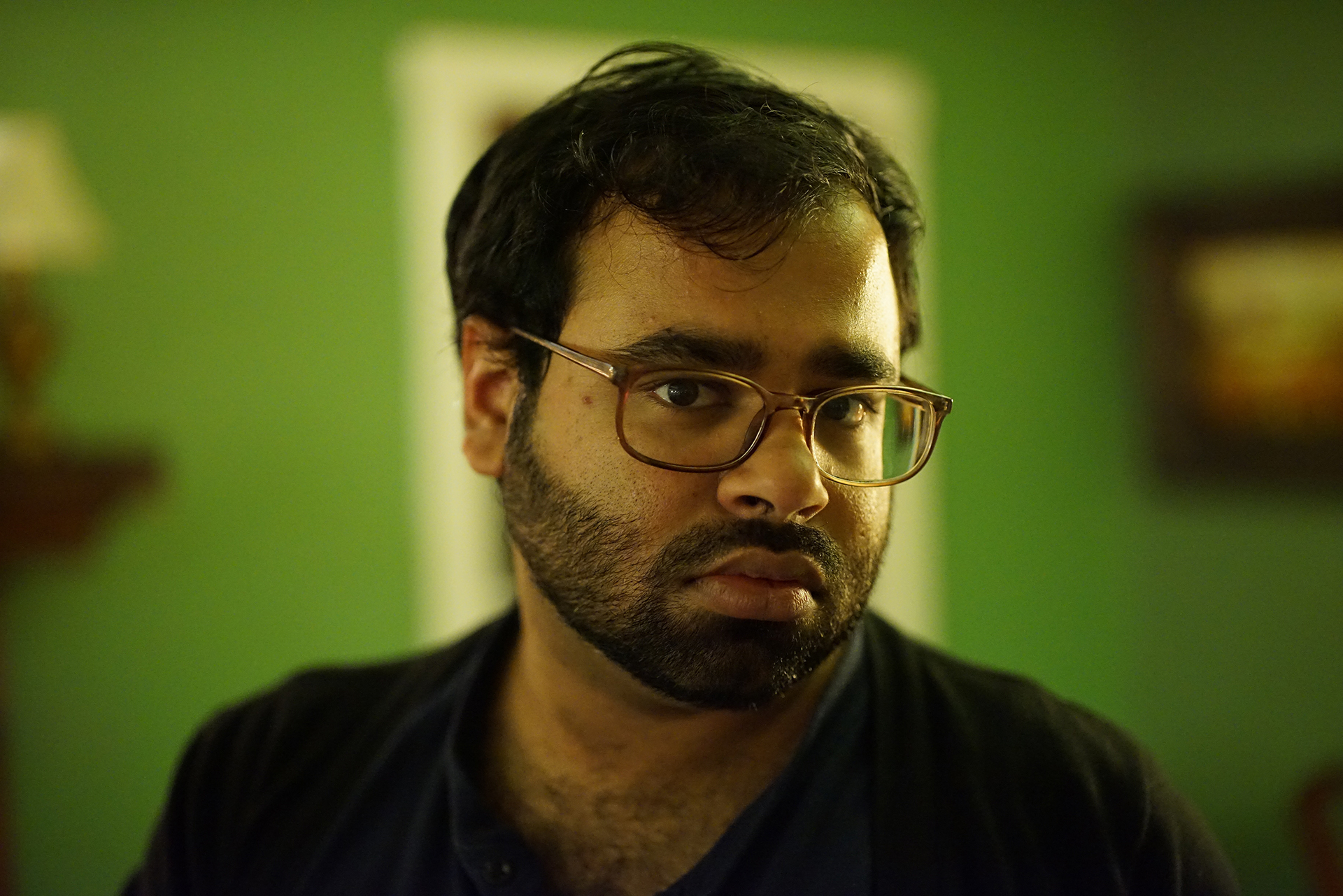
Image Samples
Here are some sample images. If you click to enlarge the images below you’ll be looking at 100 per cent cropped sections from the larger photos. To see full-size JPEGs from the A7r, click here. For full-size images from the A7, click here.
It was difficult to be totally scientific under the circumstances, but the samples are a decent indicator of what you’re going to get from the cameras.
A7r
Nice shallow depth of field with sharp focus. (55mm, ISO 100, f.3.5, 1/1250)
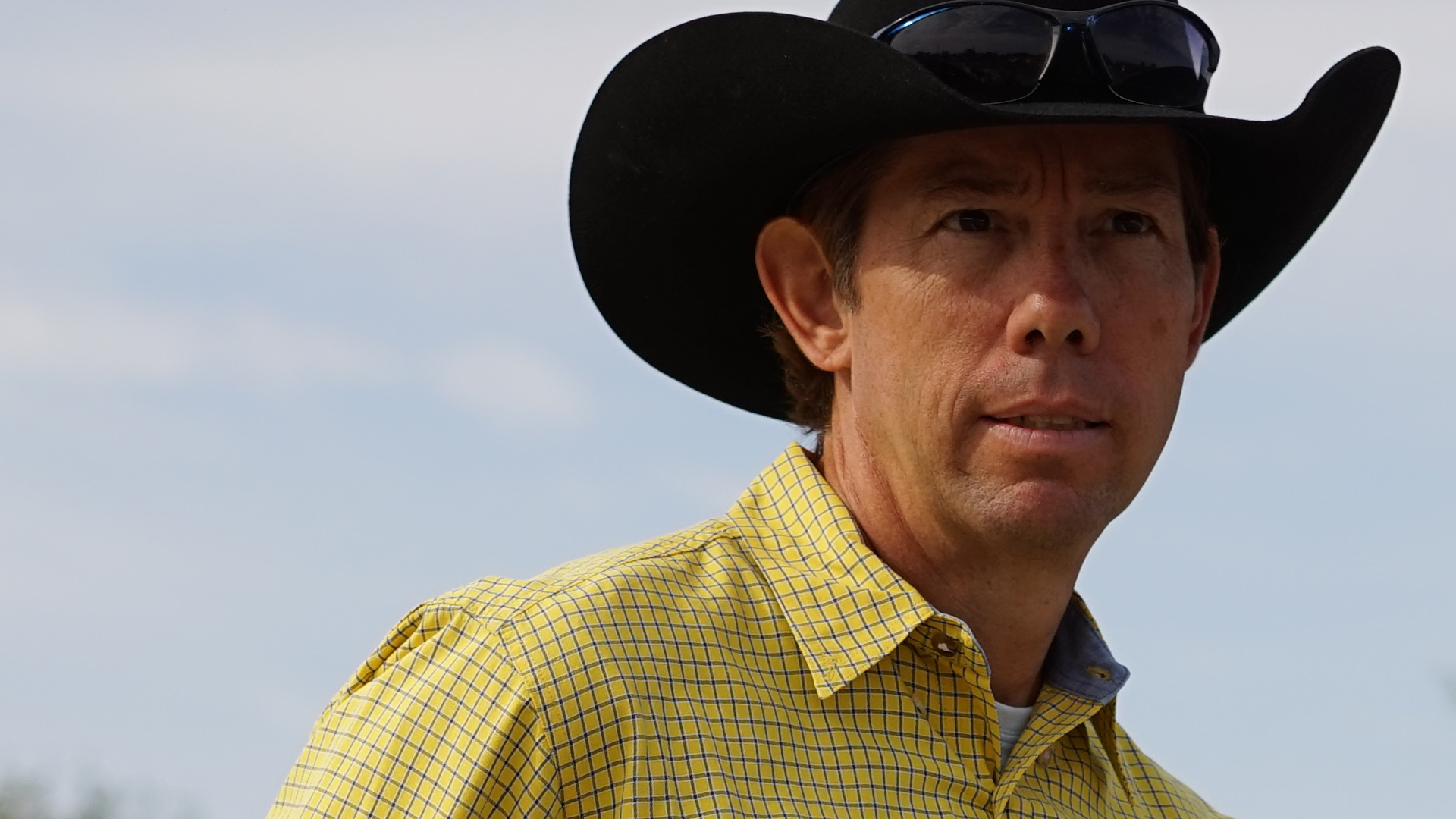
That 36-megapixel resolution can do wonders. (55mm, ISO 160, f/3.5, 1/250)
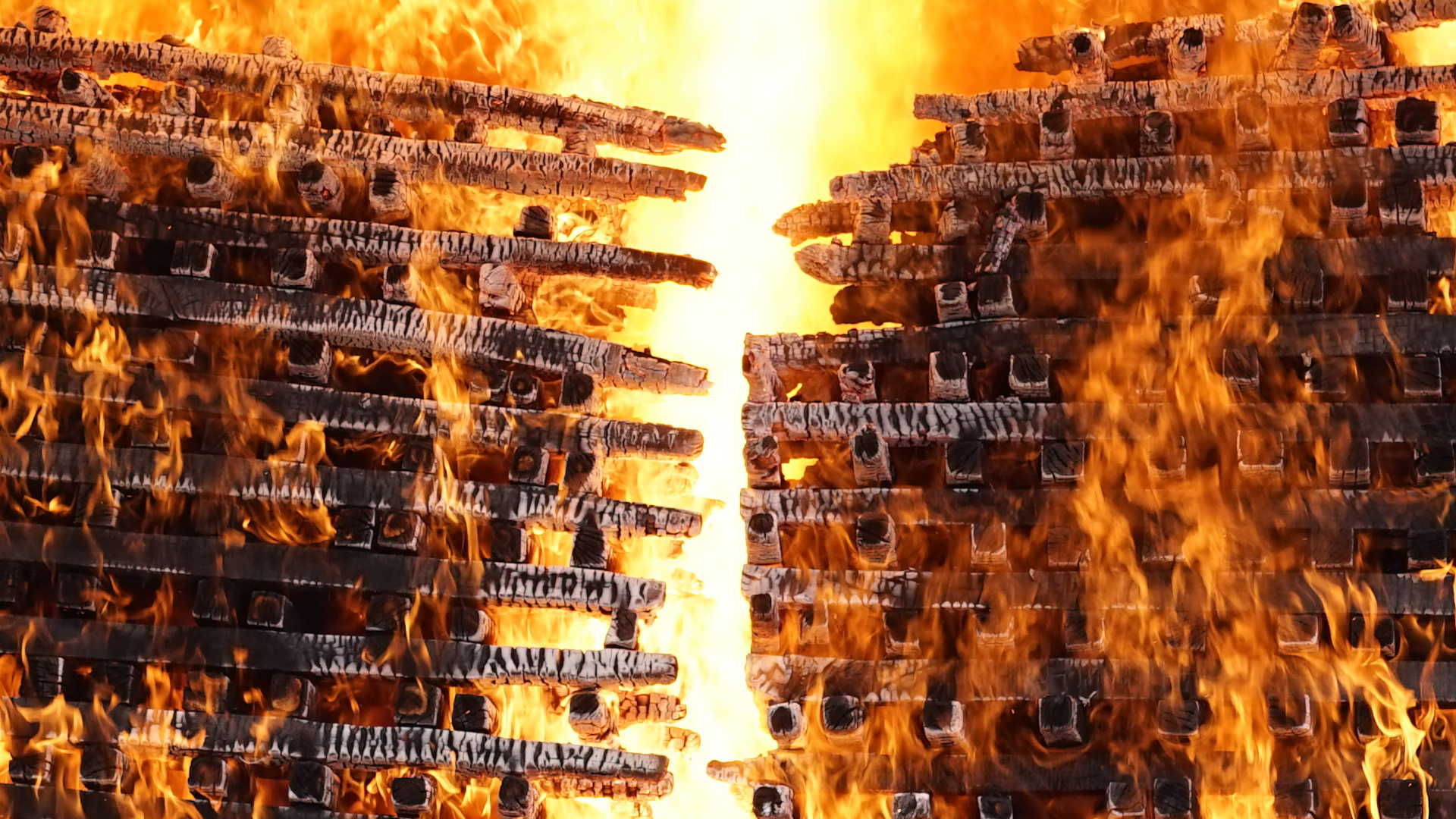
Great noise at the top of the standard sensitivity range. (ISO 6400, f3.5, 1/100)

A7
A little soft from the super fast aperture, but retains detail. (55mm, ISO 100, f/1.8, 1/6400)

Nice detail. (ISO 100 f/3.2, 1/125, -.7 ev)
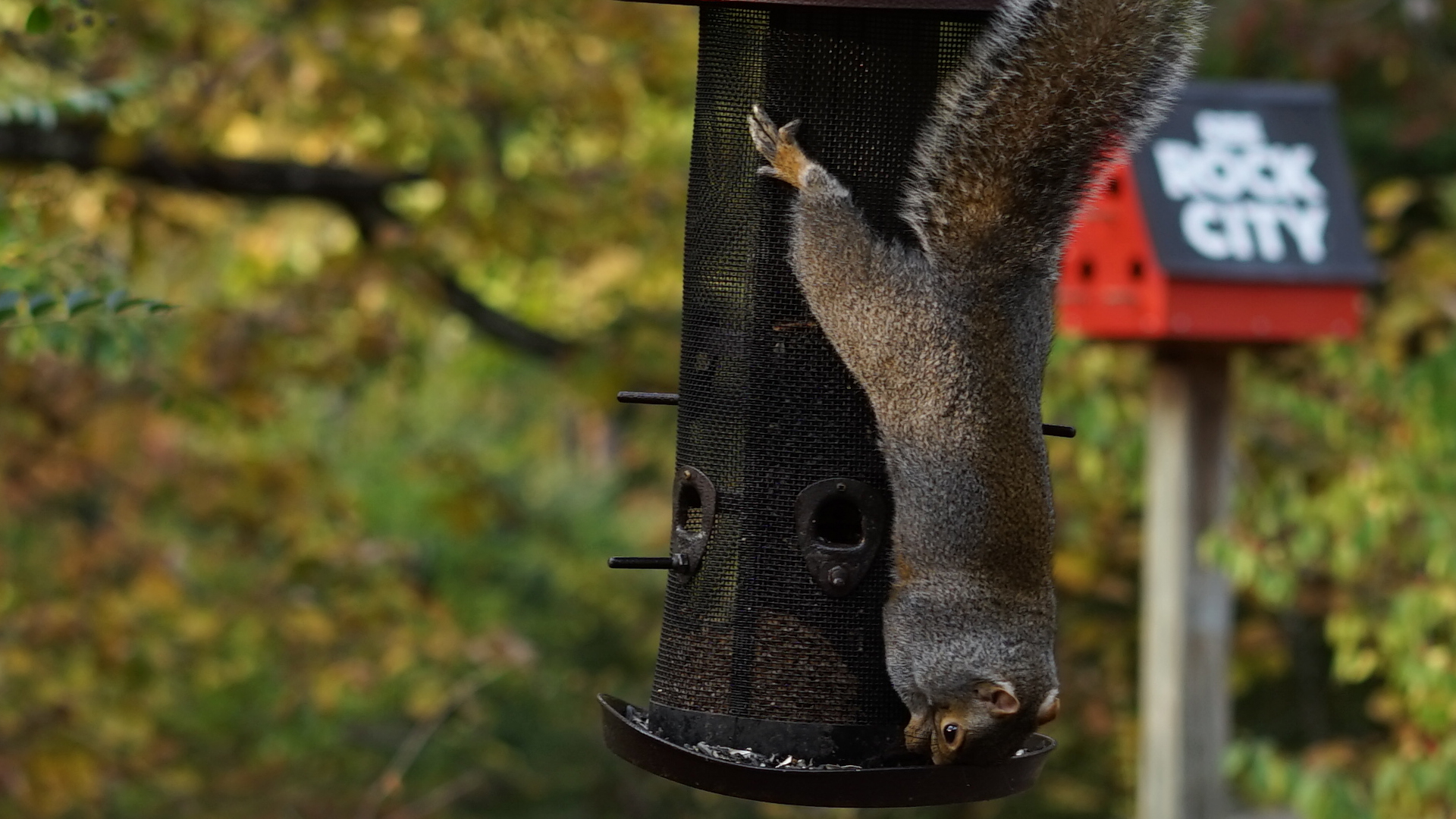
Again, noise is pretty darn reasonable for ISO 6400. (55mm, f/5.6, 1/50)

Bottom line
If anything, the A7r and A7 are exciting because they prove that a full-frame, mirrorless camera is possible. Or, more precisely, that it’s possible and reasonably practical to build one. Whether it’s worth actually buying one will depend how the images ultimately stack up against top mirrorless competitors, like the Olympus O-MD EM-1.
The camera world needs a new aspirational product category to replace the fading full-frame DSLR dinosaurs. In the last week, both Canon and Nikon have cut their earnings forecasts for the year, with Canon admitting that its DSLR sales will decline for the first time since 2003, the year it released its first consumer model. The camera world is looking for something new, and maybe this is it. (Indeed, Nikon’s rumoured to be producing a full-frame mirrorless camera as well.)
As for the cameras themselves, they’ve both got their foibles. It’s going to take a lot more testing and some intense pixel peeping to know for sure, but my sense is that it’s a mistake to see these two cameras as “the good one and the less good one.” You could argue that Sony didn’t know which camera it wanted to make. Given the company’s recent history, that’s totally possible. But I think they’re also just different cameras for different types of photographers.
The truth is that most people, including many pros, don’t really have any use for the super resolution that the A7r is capable of. The sluggish autofocus, the finicky pixels, and the larger file sizes will be an inconvenience. The A7 is faster, and the difference in image quality is small enough that many people wouldn’t notice. Of course, the people who can tell the difference are the same ones willing to drop thousands on body and glass.
